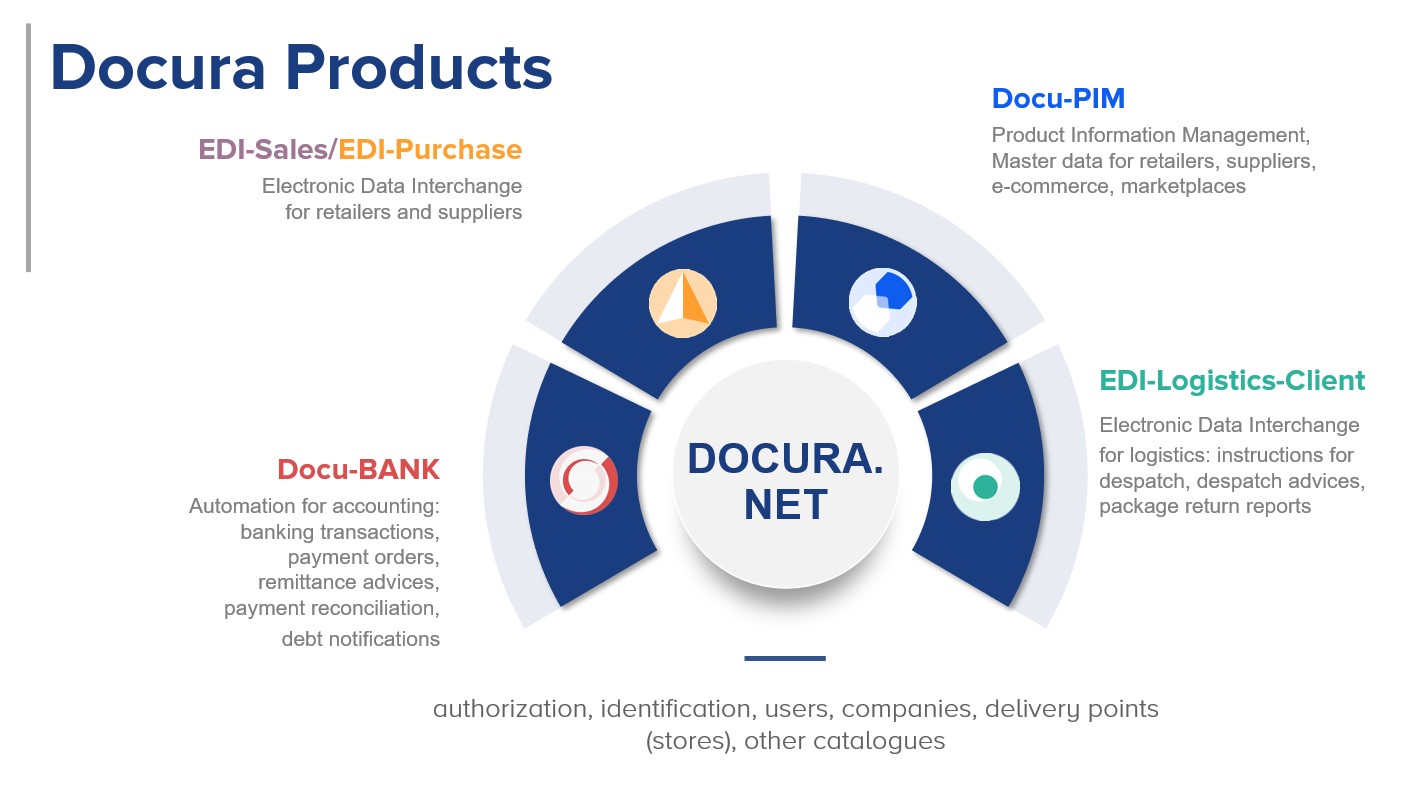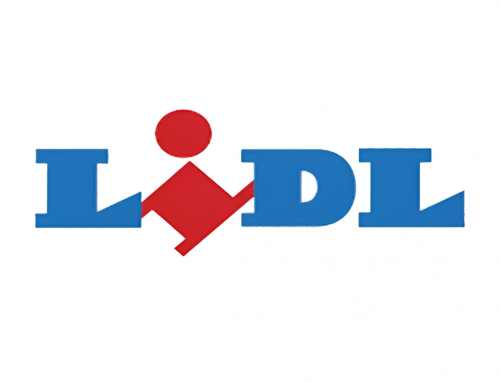Business process automation
«At a time when organizations are looking for ways to improve efficiency,
productivity and speed to market, the reliance on manual processes keeps them
stuck in slow motion»
Even though many contemporary companies tend to feel themselves matching the pace of constantly evolving digital technology, in reality, a great number of enterprises run their daily business manually. Results of numerous studies and our experience show that about 40% share of all business processes can still be the subject for further automation.
Employees from different departments, including accountants, finance, purchase, sales and marketing and even IT still rely on historically established labor-intensive processes: manual data input, copying information from one application to the other, generation of specific reports and price offers, coordinating purchase orders over the phone, email sending, etc.
What is the real point of business process automation?
Modern information technology allows automating and optimizing business processes, along with increasing accuracy and performance of daily operations and to reducing manual labor without modifying the established functioning systems and infrastructure of the company.
Advantages of automation:
- Speed and round-the-clock accessibility – computer programs make their job much faster than ordinary people and can work day and night.
- Accuracy – despite human beings, programs do not get or make mistakes or misprints when processing data. Tasks are performed in strict accordance with the programmed rules.
- Reliability – data transfer over secure channels along with keeping logs of events protect the data from unauthorized use and accidental changes.
- Employees, relieved of routine operations can concentrate on implementation of the goals and objectives, that are beyond the power of a computer, contributing creative input into the company’s growth.
Which processes are best suited for automation?
Regardless of the economic sector and the size of the company the following business processes might be considered for automation:
- A large number of daily recurring operations, such as manual data input from the bank statements into the ERP system and issuing payment orders.
- Processes with a high level of the human factor. For example,back-office staff of the analysis unit of the health lab sends the results of the medical tests by sending manually e-mails. A large number of recurring operations inevitably result in misprints in the addresses and dissemination of confidential information.
- Frequent shifts between different systems, multiple data copying, and validation. For example, at the time the product is placed on the market relevant information must be published in social media, web-shops, marketplaces, new price offers. It is essential to meet all the requirements for product data of every single sales channel.
- Standard processes. Only objectives that can be described by clear and precise rules can be automated, for example, automatic transfer of the electronic documents (orders, invoices) between ERP systems of the business partners.
- Processes, where speed and timeliness of data transfer and receipt are of key importance. For example, during the sales of the goods via web-shop the speed of receiving the information on payment affects the speed of its delivery to the customer.
Companies are also faced with the demands of Governmental and industry requirements. For instance, in Estonia, there is a requirement for vendors to issue invoices in digital E-invoice format.
Full and partial automation
One of the most widespread myths about automation is that employees start losing control over the processes that are fully managed by computers. This is not entirely true, because the well-balanced and adjustable monitoring system is an integral part of the high-quality automation system. With its help employees will always receive timely notifications and will be able to respond to the encountered problems.
It also should be kept in mind, that the depth of the automation can be configured in a requisite manner:
- semiautomatic processes – software functions with human participance (for instance – during settling the receivables, the program stops its iterations at the moments of human decision making).
- full automation – processes are implemented without human intervention. The monitoring system displays the order of executed operations using changing statuses of the various operational phases and sends the error messages in case of system failure.
Turnkey solutions
To provide business-process automation services Docura has developed a cloud service Docura.net, that comprises different solutions for automating sales, marketing, logistics, banking operations, and managing master-data and product data.

EDI-Sales/EDI-Purchase – sales and purchase process automation. The solution is designated for vendors and retailers. Docura provides the data exchange with most of the Estonian retailers.
EDI-Logistics Client/EDI-Logistics Provider – allows logistics companies and their partners to exchange electronic documents. The solution is designated to the partners of logistical companies.
Docu-PIM Sales/Docu-PIM Purchase – product data management system. Docu-PIM – is a single source of truth for product data. The solution allows managing attributes of the products, assortment and catalogs, and publication through various sales channels.
Docu-Bank – banking automation. The solution allows reducing the daily routine of accountants by automating receipt, processing, displaying, and archiving of bank transactions. You may work with bank account data directly in your ERP systems.
Above mentioned solutions may be implemented in companies from various industries and economic sectors. Running business can be facilitated by delegating daily routing operations to computer software: quality of customer service can be improved and employees may concentrate their efforts on more important objectives, that will have a positive effect on the company’s financial results and further development.



well done